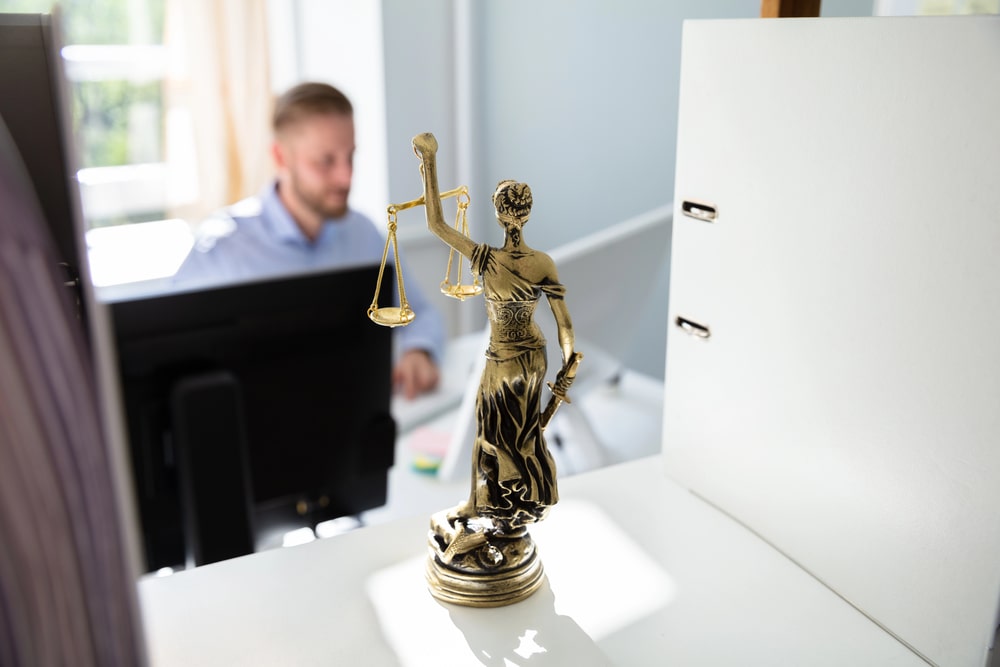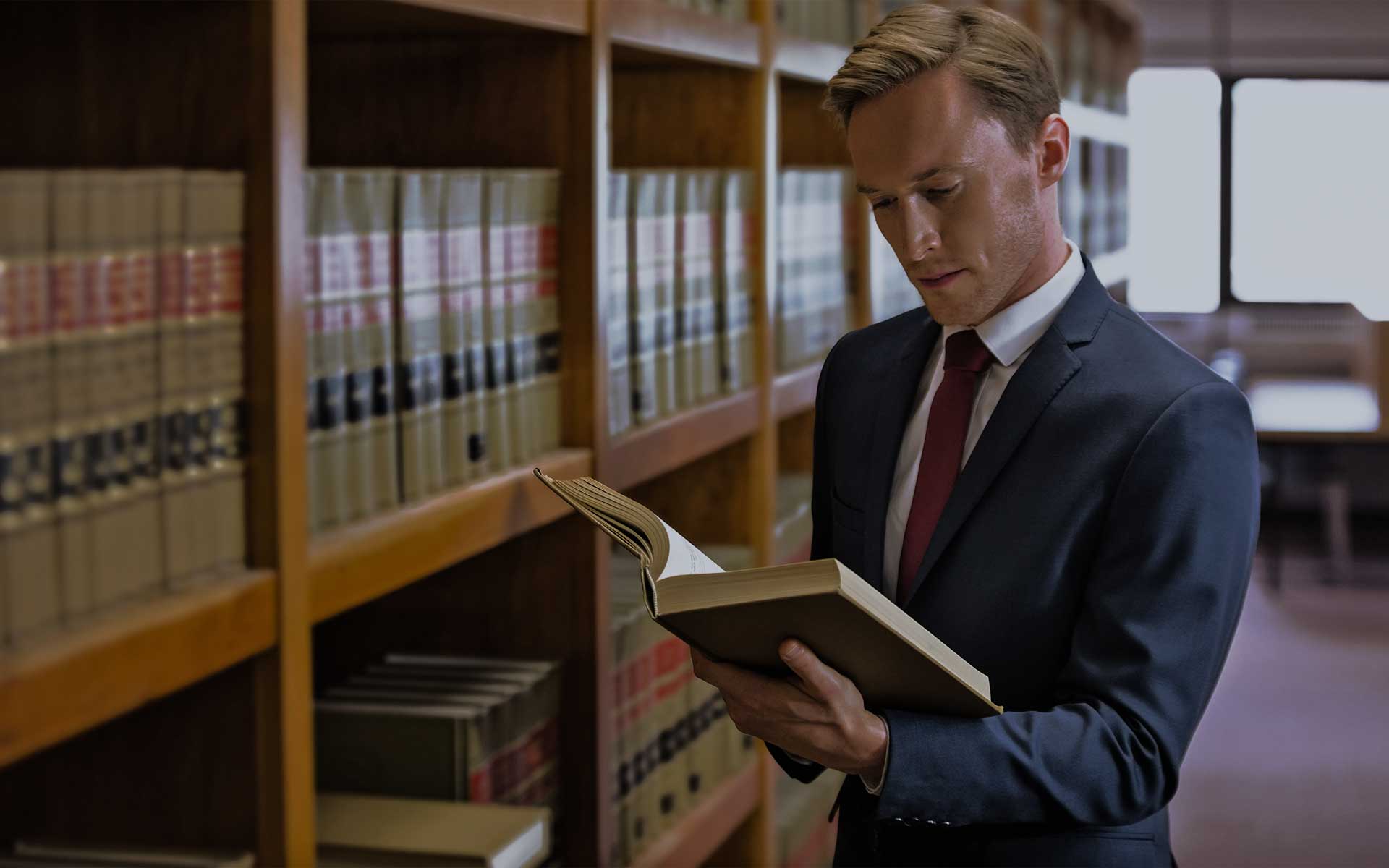After “Pretty Woman”: Parody, Late-Night Television, And The Recalibration Of Fair Use From Campbell To The Platform Era: A Sequel

Events surrounding Jimmy Kimmel Live! illuminate two complementary ways U.S. law mediates the tension between intellectual property (IP) and free speech. First, copyright’s built-in First Amendment accommodations—most centrally, fair use and the idea–expression boundary—leave breathing room for commentary, criticism, and parody. That accommodation is on full display in Santos v. Kimmel (2025), where the Second Circuit affirmed dismissal of George Santos’s copyright claims because Kimmel’s on-air use of Santos’s Cameo videos was fair use. Second, when state actors pressure private intermediaries to suppress speech, First Amendment “jawboning” doctrine (separate from IP) polices coercion. Read together, these doctrines preserve space for public-facing satire—even amid political heat. If you have concerns over copyright laws and free speech, or concerns about other types of intellectual property, a Jersey City, NJ copyright lawyer can discuss your situation and explain your options.
The Framework Of Analysis: Parody, Platforms, And Fair Use
The analysis proceeds in three prongs. First, it clarifies the parody–satire distinction that governs much of contemporary comedy: parody targets the borrowed work itself; satire borrows a style or fragment of the work to critique something else. Courts tend to protect the former (e.g., Brownmark) and scrutinize the latter (e.g., Dr. Seuss). Second, the analysis situates late-night’s digital distribution within platform law, showing how Digital Millennium Copyright Act (DMCA) practices and case law (e.g., Lenz on good-faith fair-use consideration; Hosseinzadeh on critical “reaction” videos; TVEyes on limits to wholesale redistribution) shape what clips survive online and how they are edited, uploaded, and defended. Third, the analysis reads Andy Warhol Foundation v. Goldsmith (2023) as a recalibration—not a rejection—of Campbell: courts remain receptive to parody and criticism but are more skeptical when a secondary use competes in the same licensing market as the original.
From these threads, the article offers a practical, legally grounded heuristic for writers, producers, and Counsel:
- Aim at the source (make the joke about the borrowed work);
- Use only what’s necessary (quote the “hook” to conjure the original and deliver commentary);
- Avoid market substitution (steer clear of uses that fill the same commercial role as the source);
- Plan for platform frictions (anticipate automated claims and document your fair-use rationale).
The upshot is a descriptive and normative claim. Descriptively, fair use functions as infrastructure for rapid, critical speech across broadcast and platforms. Normatively, preserving that space requires editorial discipline by creators, good-faith enforcement by rightsholders, and courts willing to resolve clear parody cases early. In this way, a 1964 hit single, a 1994 Supreme Court opinion, and a 2023 late-night homecoming form a continuous arc explaining how American culture legally quotes, mocks, and metabolizes itself in the platform era.
From A No. 1 Single To A Constitutional Shelter For Parody
The Supreme Court’s 1994 decision in Campbell v. Acuff-Rose Music, Inc. reframed fair use for the modern era. The Court rejected any categorical rule that commercial parodies are presumptively unfair; clarified that copying the “heart” of a work can be necessary for a parody to “conjure up” the original; and emphasized case-by-case balancing across the four statutory factors. In short, Campbell transformed parody from a narrow exception into a robust vehicle for comment and criticism.
That doctrinal turn is the bridge between Orbison’s “Oh, Pretty Woman” and the creative economy that sustains contemporary satire. The decision did not merely change “music forever,” as the magazine story put it; it furnished legal infrastructure for audio-visual parody across media—including the nightly monologue.
Late-Night’s Return And The Everyday Life Of Fair Use
When late-night shows (including Jimmy Kimmel Live!) returned to studio production on October 2, 2023 after the Writers Guild of America (WGA) strike, they resumed a format that constantly brushes up against copyright: short news clips for commentary, musical pastiche in sketches, and the rapid quotation of cultural artifacts to make a critical point. This is precisely the zone where Campbell’s logic does its daily work: borrowing just enough to comment on or ridicule the original.
Stated differently, the late-night talk show is a recurring laboratory for fair use. It is not that “anything goes”—license agreements still govern theme music, performances, and many pre-planned uses—but much of the connective tissue of topical comedy relies on Campbell’s recognition that parody and criticism are paradigmatic fair uses.
Drawing The Parody/Satire Line: What South Park And Dr. Seuss Teach Late-Night
Two appellate opinions sharpen Campbell’s contours in ways that matter for writers’ rooms.
- Brownmark Films v. Comedy Partners No. 11-2620 (7th Cir. 2012). The court deemed South Park’s take on the viral “What What (In the Butt)” video an “obvious case of fair use” because it targeted the original and commented on the nature of viral fame. The holding confirms that courts may resolve clear parody claims early, reducing litigation risk for works whose joke is the source.
- Dr. Seuss Enterprises v. Penguin Books USA, Inc. 924 F. Supp. 1559 (S.D. Cal. 1996). By contrast, The Cat NOT in the Hat! satirized the O.J. Simpson case in the style of Dr. Seuss without commenting on Seuss himself. The Ninth Circuit treated this as satire, not parody, and weighed the factors against fair use—an enduring caution that style-only mimicry is legally fragile.
For late-night, the throughline is clear: sketches and monologues are on the firmest footing when the use aims at the borrowed work (its message, aesthetics, or cultural power) rather than merely leveraging it to mock something else.
Platforms, Takedowns, And The Post-Broadcast Audience
Late-night’s audience now meets the show as much on YouTube and social platforms as on ABC or CBS. In those spaces, the rules of the road are shaped by the DMCA and fair-use-sensitive takedown doctrine.
- Lenz v. Universal (9th Cir. 2015/2016). The “dancing baby” case held that rightsholders must consider fair use in good faith before sending a DMCA takedown. This does not immunize all commentary, but it pushes enforcement toward a more speech-protective baseline and away from purely automated removals.
- Hosseinzadeh v. Klein (S.D.N.Y. 2017). A federal court treated a YouTube “reaction” video as legitimate criticism, not a market substitute—fair use as a matter of law. That reasoning maps closely onto how late-night packages monologues and “clip-commentary” segments for digital audiences.
At the same time, Fox News v. TVEyes, Inc. No. 15-3885 (2d Cir. 2018) reminds us that “transformative” indexing does not license wholesale redistributions that supplant the market for the original broadcast. The fair-use buffer for commentary is not a backdoor to full-service syndication.
The Warhol Recalibration: Campbell Endures, But “Transformative Use” Narrows
In 2023, the Supreme Court revisited fair use in Andy Warhol Foundation v. Goldsmith. Focusing on the first factor (“purpose and character”), the Court held that licensing a Warhol “Prince” image to a magazine did not favor fair use where the use served the same commercial purpose as the source photograph. The opinion trims the sails of “transformativeness” when the secondary work occupies the same market.
For late-night, Warhol is clarifying rather than destabilizing.
- It does not overrule Campbell’s protection of parody and criticism; those uses typically serve different market functions from the originals.
- It cautions creators against relying on “new meaning” alone when the end use (e.g., a magazine cover, a stock image, or an unlicensed musical replacement) competes in the same licensing market.
Practical Implications For Writers, Producers, And Counsel (Not Legal Advice)
- Aim at the source. The closer your bit comments on or critiques the borrowed work itself, the more it sounds in parody under Campbell; pure “Seussian style” for other topics risks Dr. Seuss.
- Use what you need—but justify it. Courts tolerate taking the “recognizable hook” to make the joke land; take no more than needed to conjure the original and deliver the commentary. Document that editorial rationale.
- Mind the market. Ask whether your use substitutes for or undermines an established licensing market. Warhol ratchets up this inquiry for commercial contexts adjacent to the original.
- Anticipate platform frictions. Prepare for automated claims; Lenz obligates good-faith fair-use consideration, and H3H3 shows courts will back bona fide commentary—but neither eliminates takedown headaches.
- Don’t confuse archiving with comment. Tools that redistribute large portions of broadcasts to enable viewing—without analysis—fare poorly under factor three/four. TVEyes marks that boundary.
A Cultural Circuit: From Orbison’s Riff To The Monologue Desk
If Orbison’s bassline enabled the Court to hear why a parody must sometimes quote a work’s “heart,” late-night comedy demonstrates how that principle sustains a living culture of criticism. Every night’s monologue is a small constitutional performance: Campbell’s protective canopy over parody; Brownmark’s permission to decide the clear cases; Lenz’s reminder to consider fair use before suppression; and Warhol’s admonition to respect markets even when works feel “new.”
The result is not a license to pillage, but a disciplined space where quotation and critique travel quickly—from broadcast to clip to meme—without grinding to a halt at every boundary. That space is the legacy of a 1964 hit that topped the Hot 100, a 1994 opinion about a rap parody, and a late-night tradition that keeps testing the edges of America’s copyright experiment.
Managing Partner Emmanuel Coffy has over 20 years of experience as a patent attorney and previously served as a patent examiner. COFFYLAW provides legal assistance for intellectual property matters, including patents, trademarks, and copyrights. Reach out to us today for all your IP needs.
By Emmanuel Coffy, Esq. Oct. 3, 2025 © All Rights Reserved
Selected Sources & Further Reading
- Clayton Edwards, “On This Day In 1964, Roy Orbison Went No. 1 …,” American Songwriter (Sept. 26, 2025).
- Campbell v. Acuff-Rose Music, Inc., 510 U.S. 569 (1994) (opinion & analysis).
- ABC/GMA, “Jimmy Kimmel Returns To Late Night…” (Oct. 2, 2023).
- Brownmark Films, LLC v. Comedy Partners, 682 F.3d 687 (7th Cir. 2012) (U.S. Copyright Office summary).
- Dr. Seuss Enters., L.P. v. Penguin Books USA, Inc., 109 F.3d 1394 (9th Cir. 1997) (U.S. Copyright Office summary).
- Lenz v. Universal Music Corp., 801 F.3d 1126 (9th Cir. 2015); amended 815 F.3d 1145 (2016).
- Hosseinzadeh v. Klein, 276 F. Supp. 3d 34 (S.D.N.Y. 2017) (U.S. Copyright Office summary; district court opinion).
- Andy Warhol Foundation v. Goldsmith, 598 U.S. ___ (2023) (opinion; case summary).
- Fox News Network v. TVEyes, 883 F.3d 169 (2d Cir. 2018) (U.S. Copyright Office summary).
Note: This essay is for scholarly discussion and is not legal advice.
If you wish to receive future articles, follow me on LinkedIn or send an email to [email protected] with your contact information indicating you wish to receive future articles.
For a free eBook activate the link below.
https://www.coffylaw.com/ebook-request/
© 2025 COFFYLAW, LLC – All Rights Reserved


